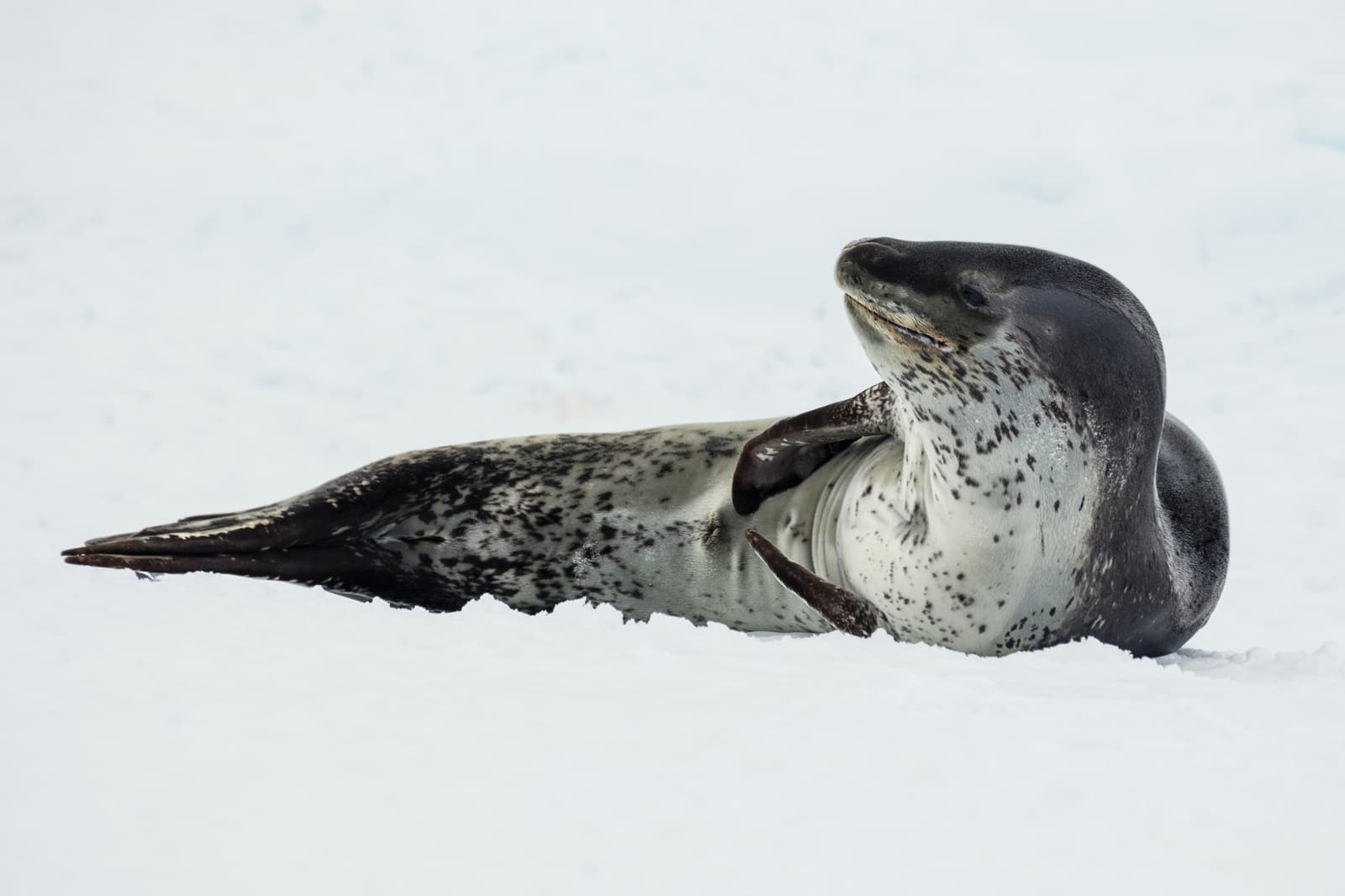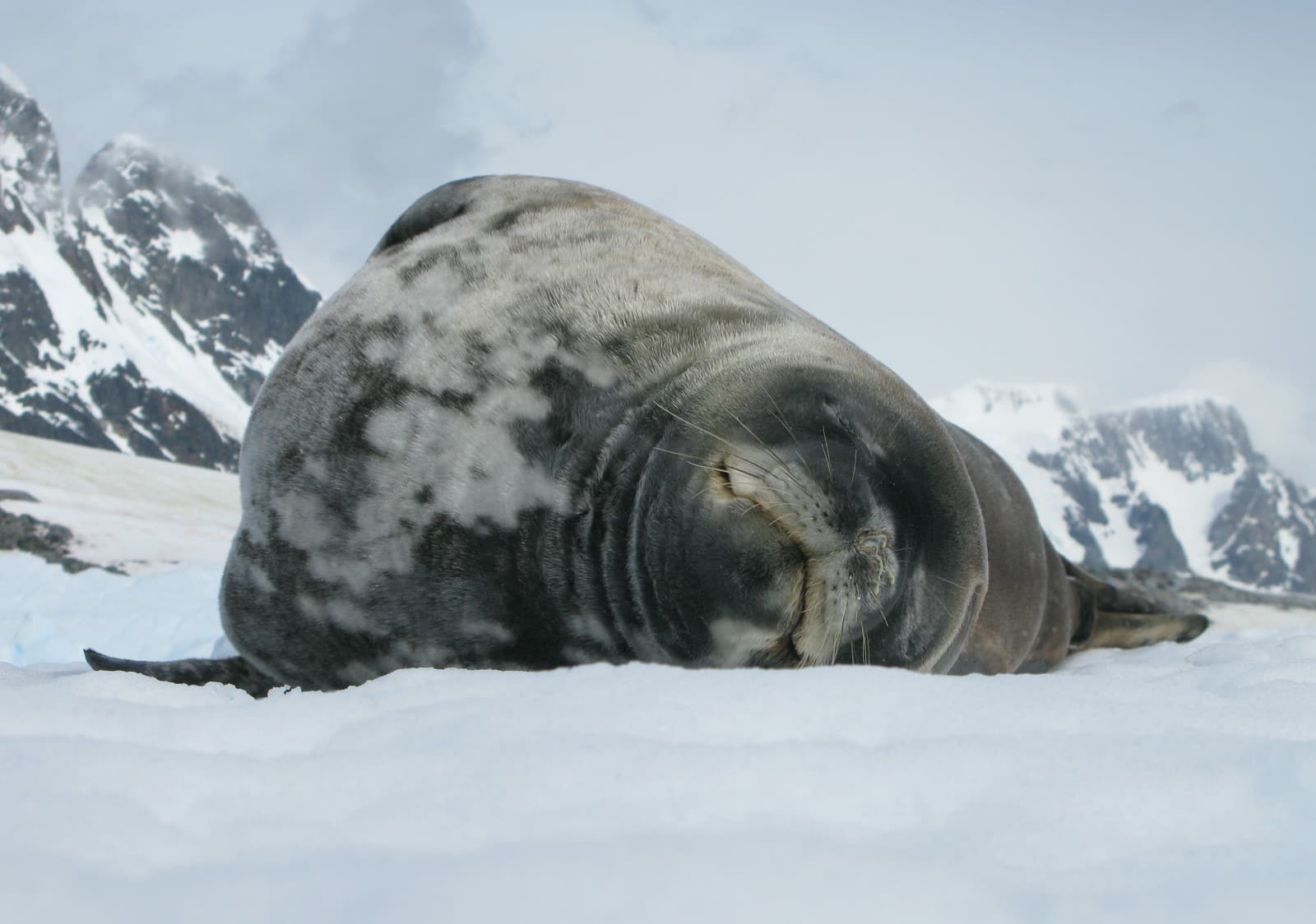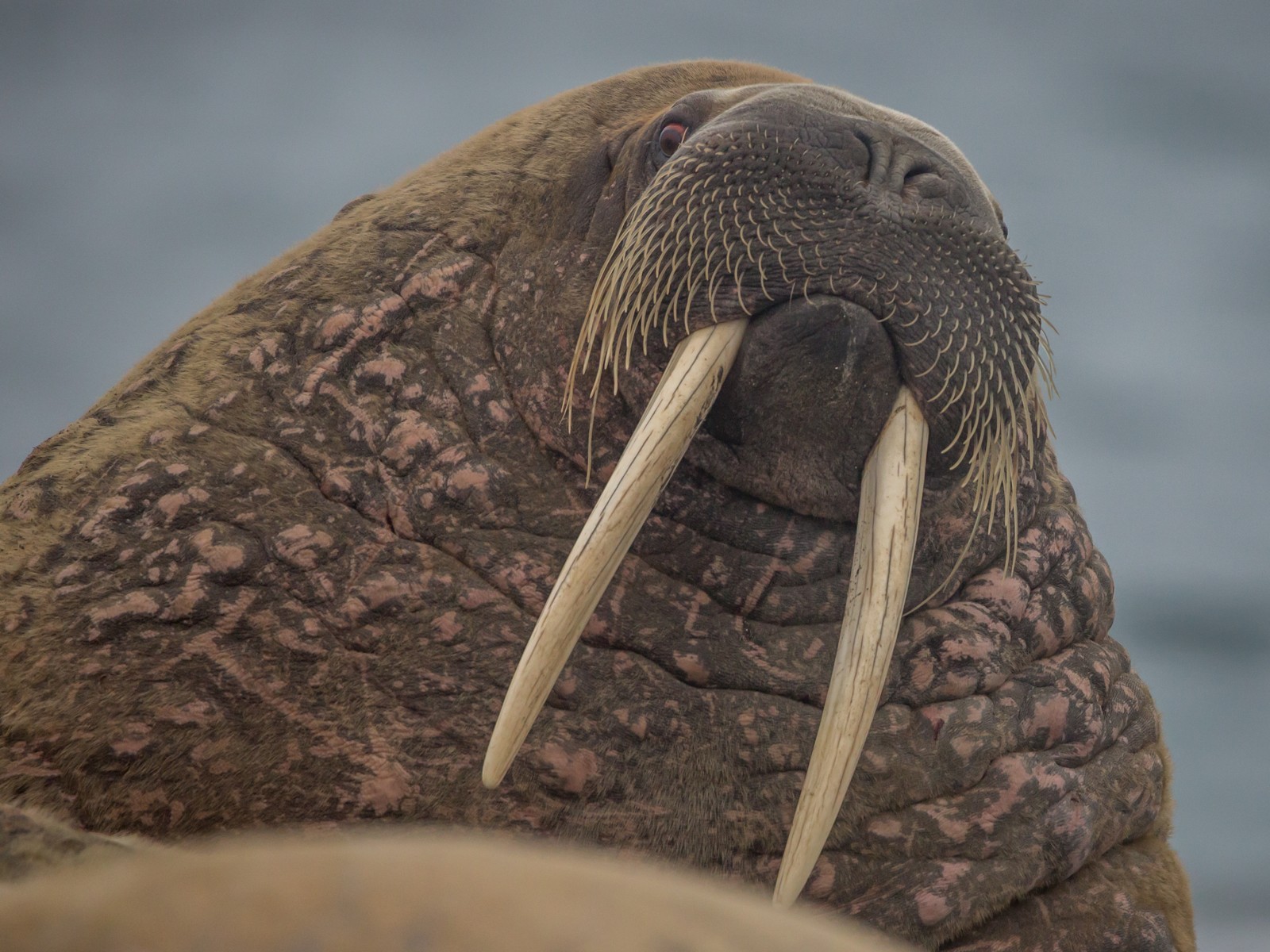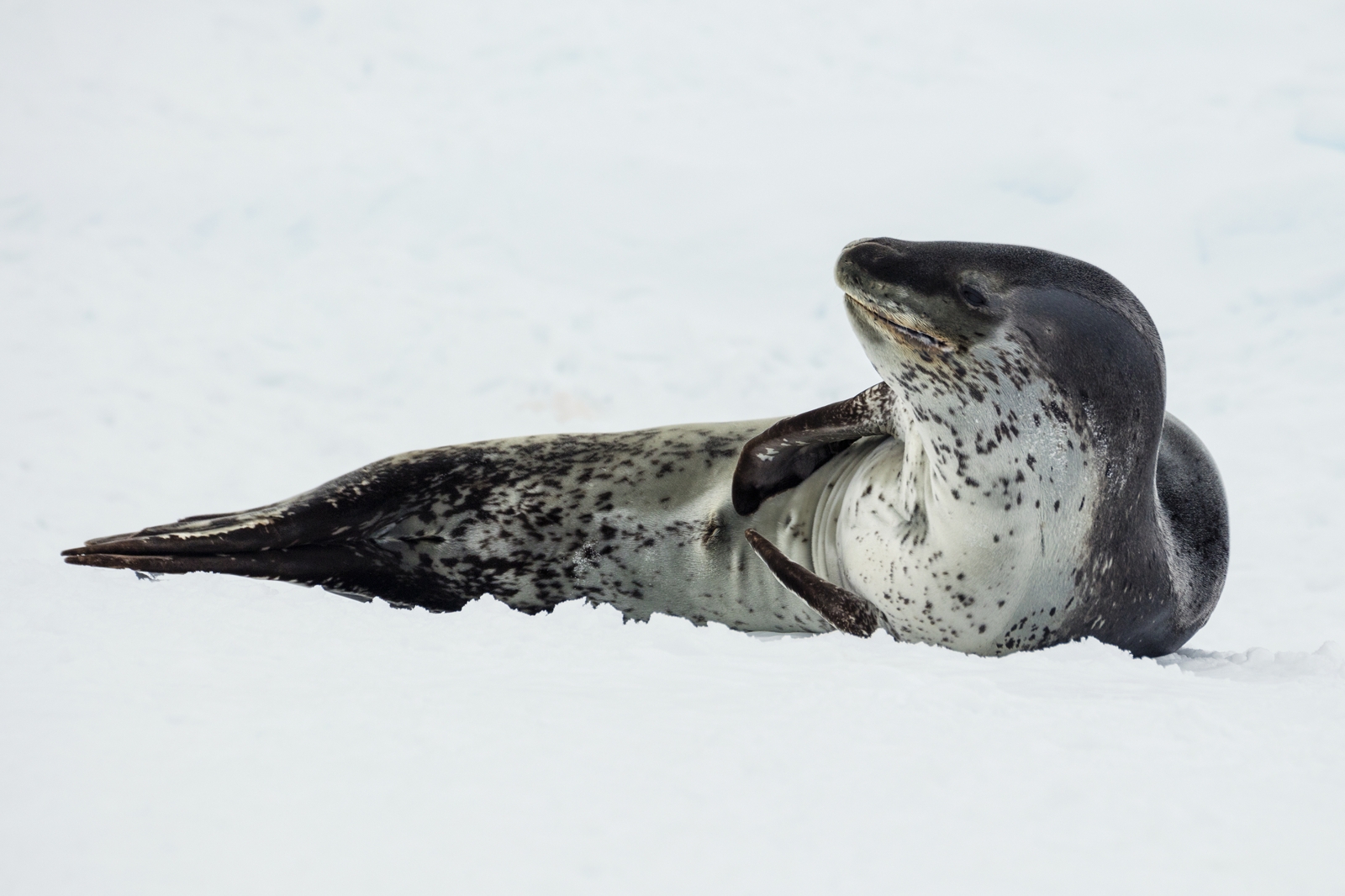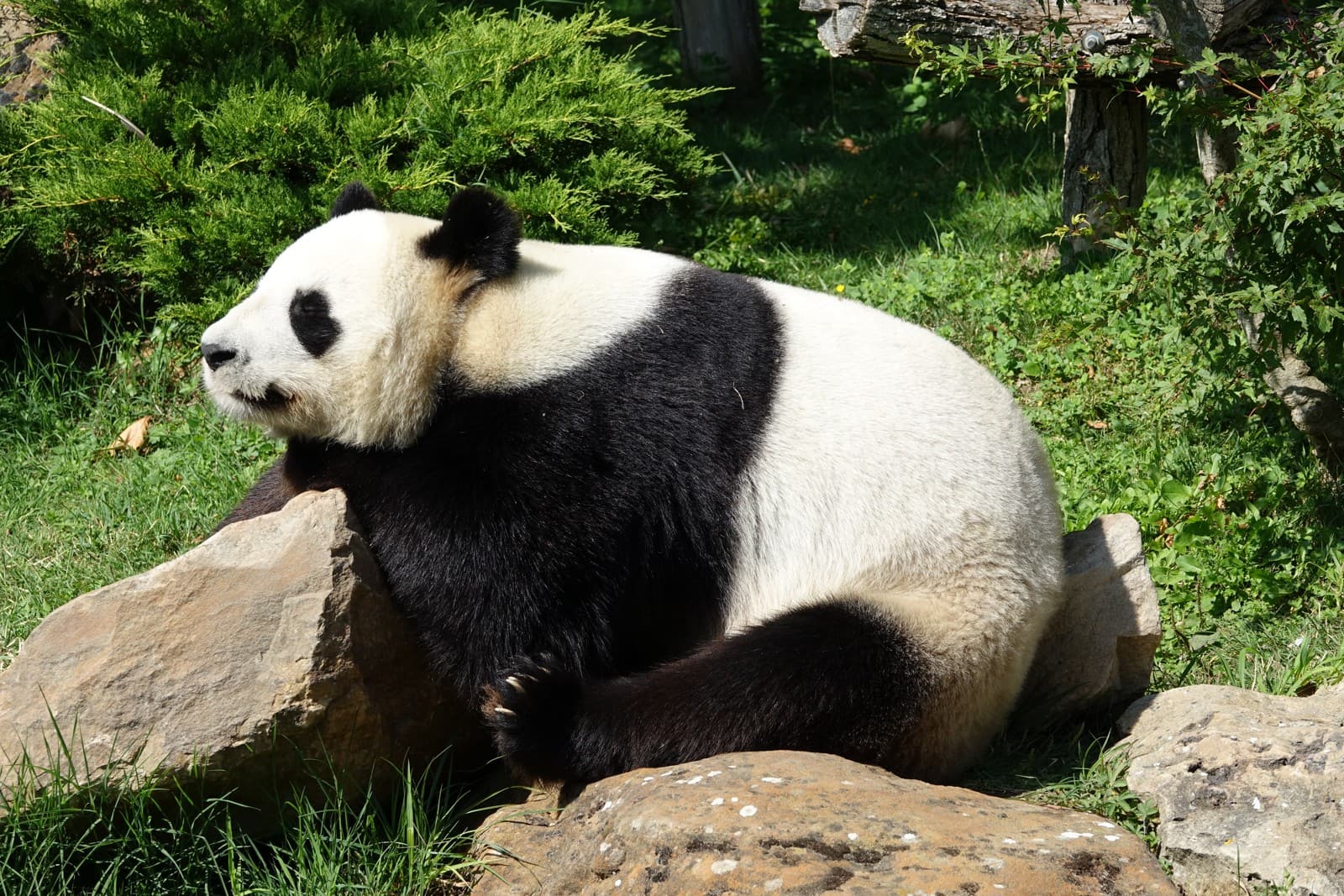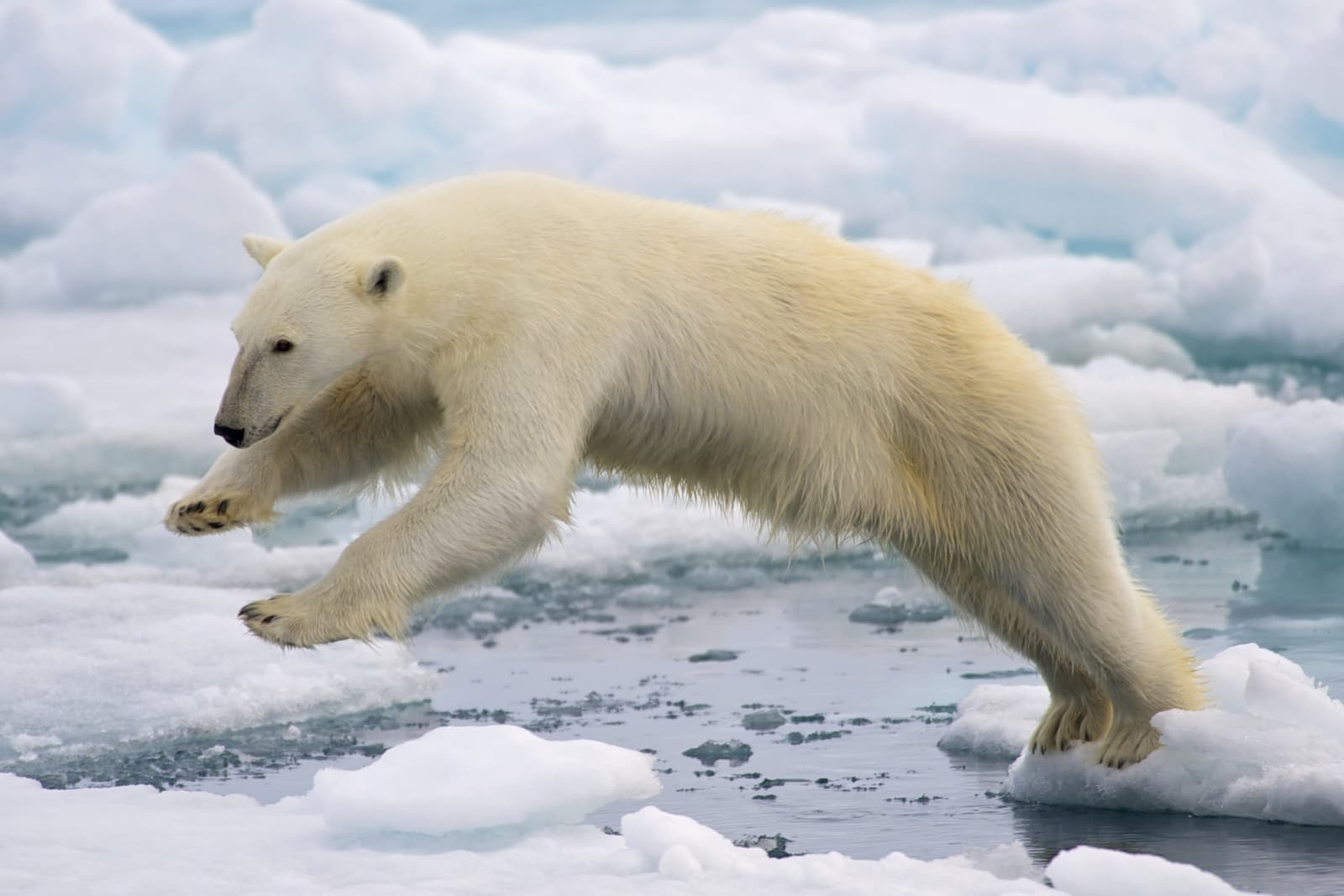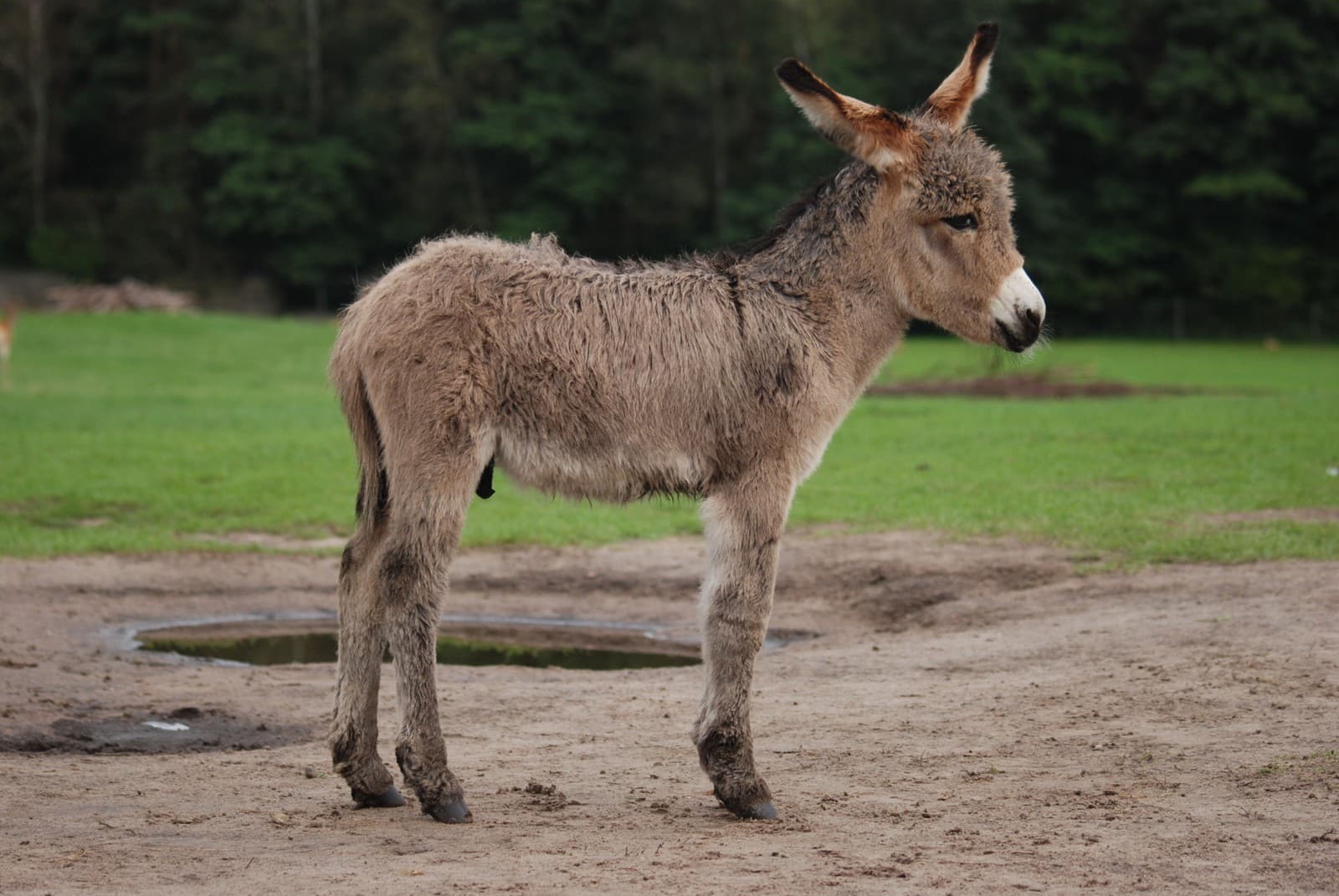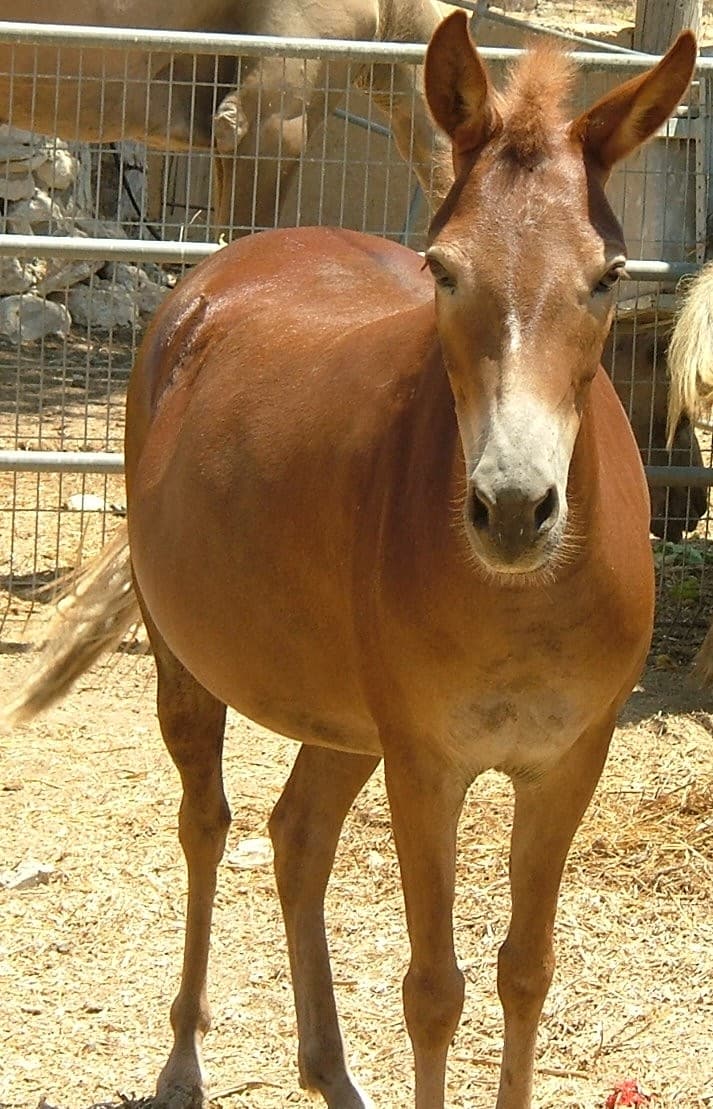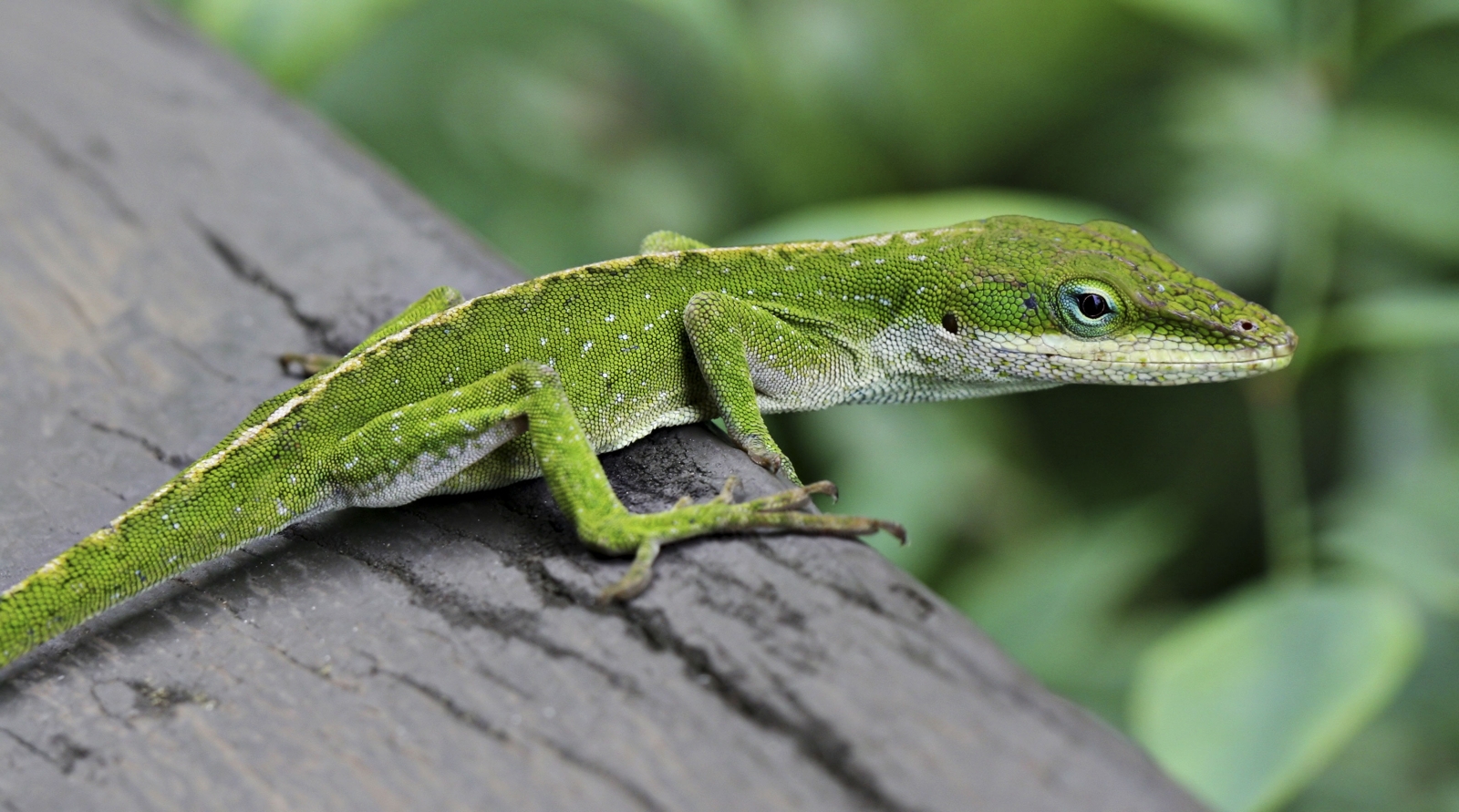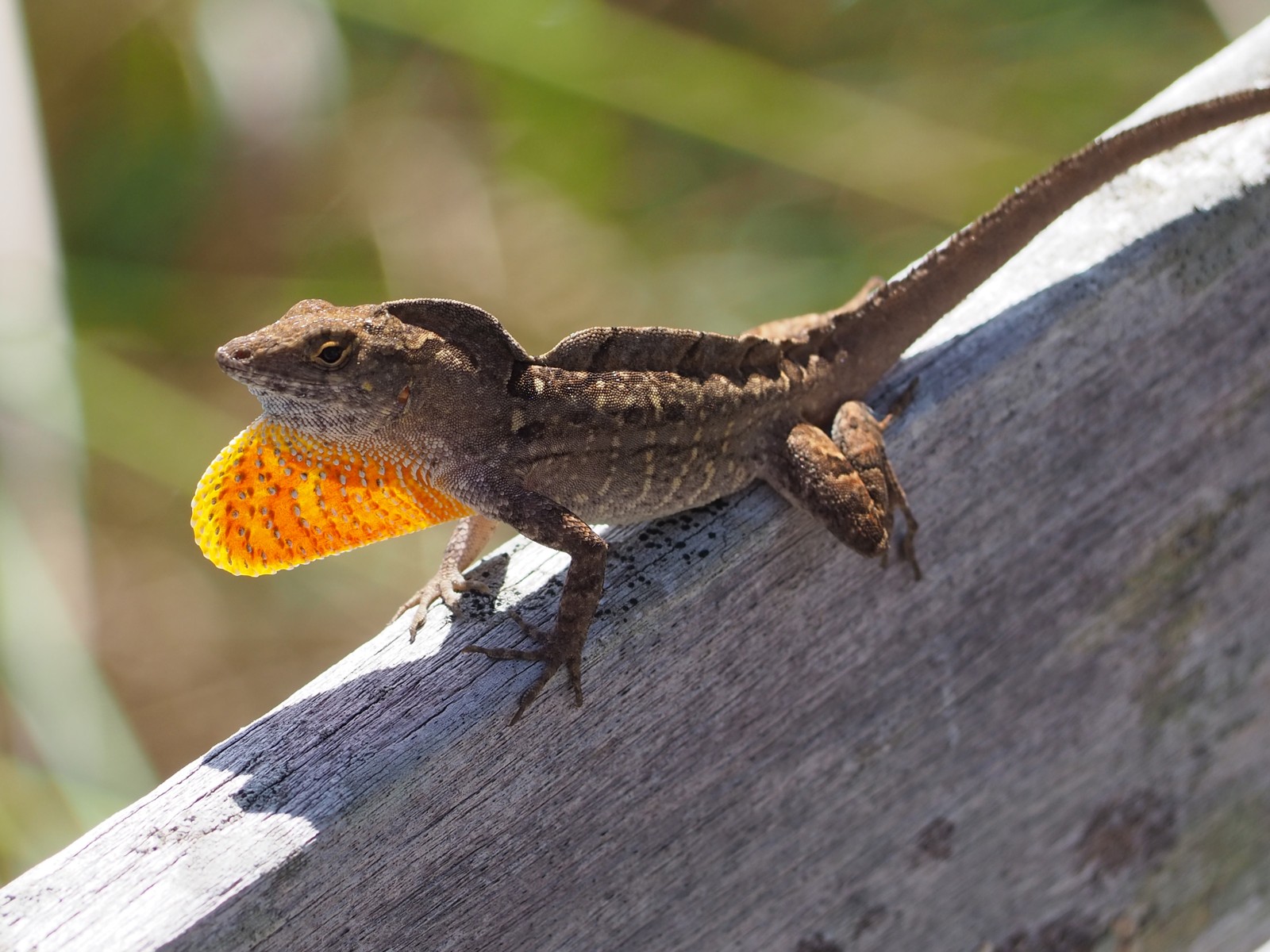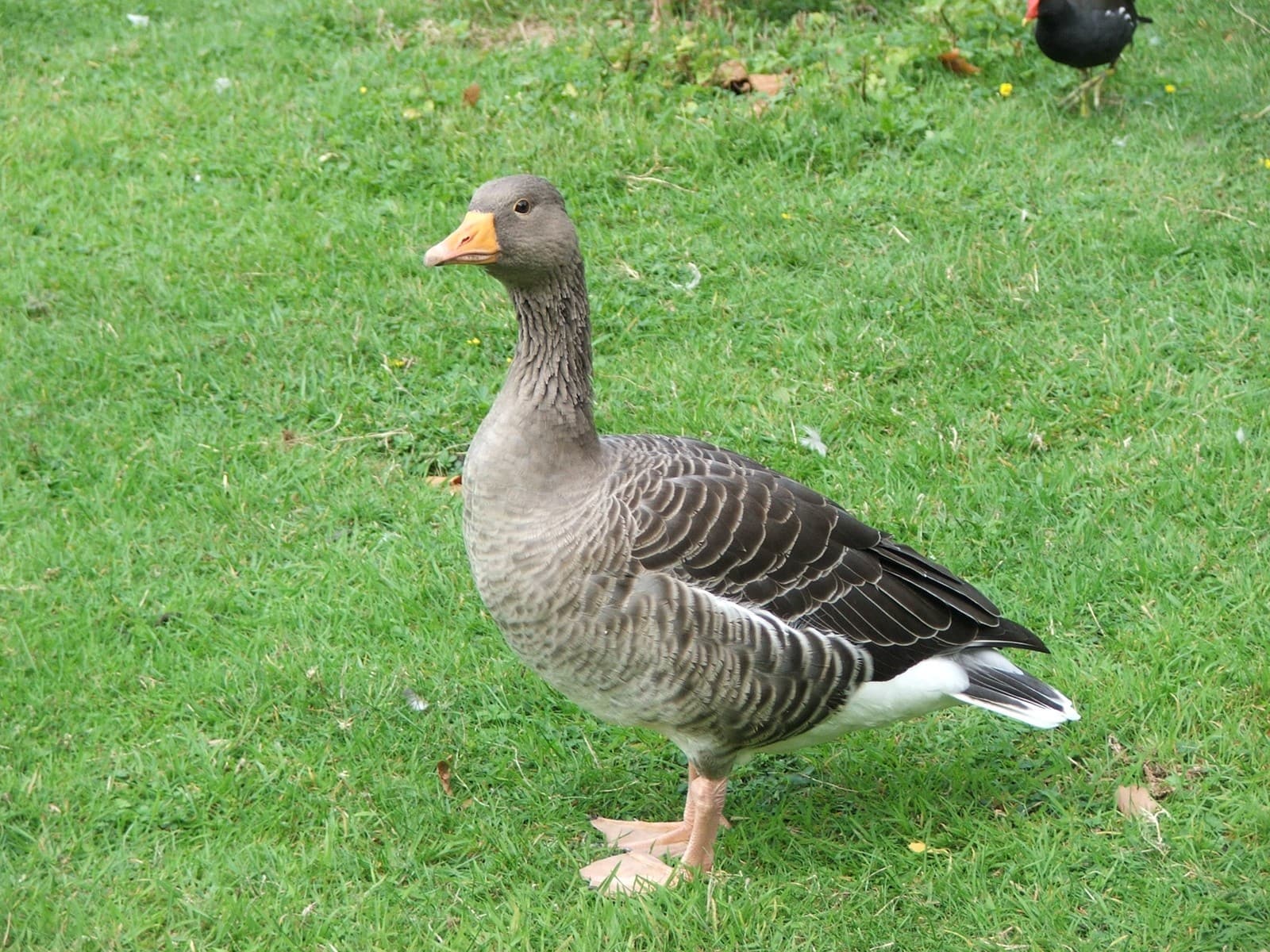Leopard Seal vs Harbor Seal: A Complete Comparison
When comparing Leopard Seal vs Harbor Seal species, we encounter two remarkably different marine mammals that showcase nature’s diverse evolutionary paths. The Leopard Seal, reaching lengths of up to 11.5 feet (3.5 meters) and weighing up to 1,320 pounds (600 kg), dwarfs its cousin the Harbor Seal, which typically measures 5-6 feet (1.5-1.8 meters) and weighs 180-285 pounds (82-130 kg).
These striking size differences reflect their vastly different roles in marine ecosystems. While Leopard Seals reign as apex predators in Antarctic waters, hunting everything from penguins to other seals, Harbor Seals maintain a more modest position in the food chain, primarily feeding on fish and squid in coastal waters worldwide.
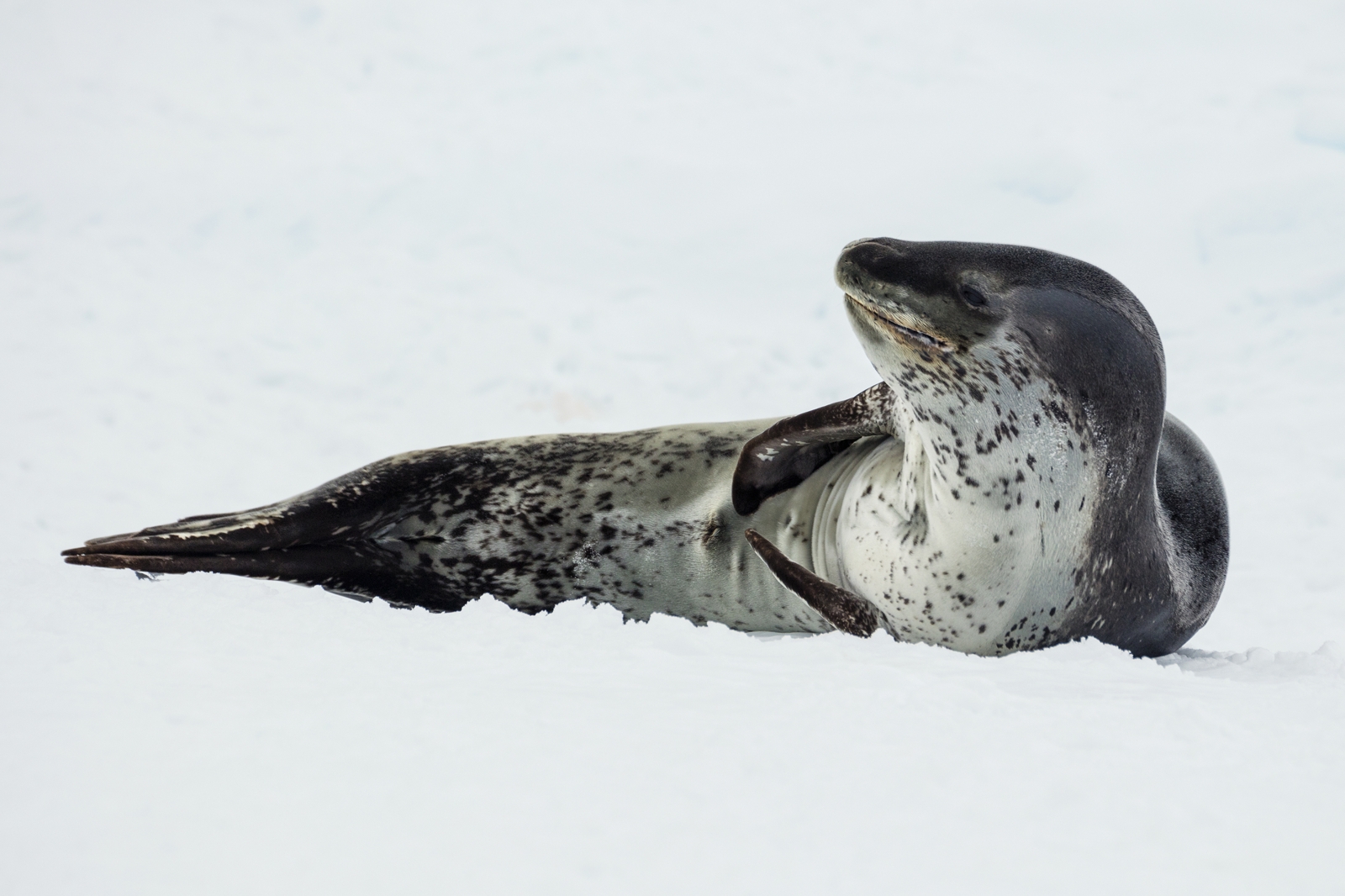
© Godot13 / CC BY-SA 4.0
The Leopard Seal’s distinctive serpentine profile and powerful jaws mark it as Antarctica’s dominant seal predator. Note the characteristic spotted pattern that inspired its name and the muscular build essential for hunting large prey.
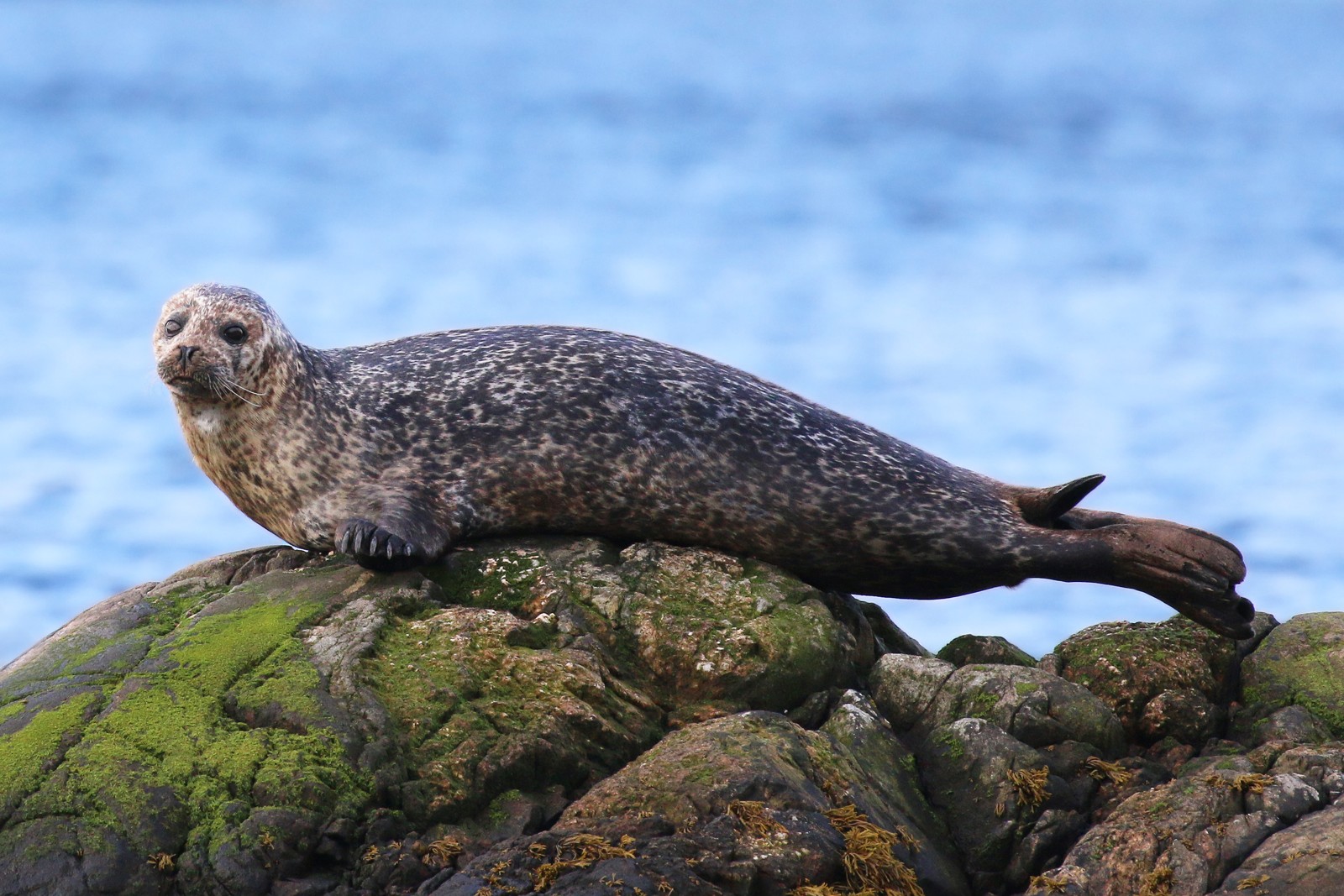
© Charles J. Sharp / CC BY-SA 4.0
The Harbor Seal exhibits the classic rotund profile of coastal seals, with its characteristic spotted coat and friendly appearance. This image captures typical haul-out behavior on rocky shores where these seals rest between feeding sessions.
Key Differences: Leopard Seal vs Harbor Seal
| Feature | Leopard Seal | Harbor Seal |
|---|---|---|
| Size | 8-11.5 ft (2.4-3.5 m) | 5-6 ft (1.5-1.8 m) |
| Weight | 440-1,320 lbs (200-600 kg) | 180-285 lbs (82-130 kg) |
| Habitat | Antarctic waters | Coastal waters worldwide |
| Diet | Penguins, seals, fish, krill | Fish, squid, octopus |
| Head Shape | Long, reptilian | Round, dog-like |
| Lifespan | 20-30 years | 25-35 years |
Habitat and Distribution
Leopard Seals are primarily Antarctic specialists, rarely venturing north of the Southern Ocean’s pack ice. They patrol the dynamic edge of the Antarctic ice shelf, where they can access both open water for hunting and ice floes for resting. In contrast, Harbor Seals demonstrate remarkable adaptability, inhabiting coastal waters across the Northern Hemisphere, from the Atlantic to the Pacific coasts.
Hunting and Feeding Behavior
The hunting strategies of these seals highlight their evolutionary divergence. Leopard Seals employ sophisticated ambush techniques, often patrolling beneath ice floes to surprise penguins and other prey. Their powerful jaws and specialized teeth allow them to tear large prey into manageable pieces. Harbor Seals, meanwhile, practice more straightforward pursuit hunting, chasing fish and squid in coastal waters, using their sensitive whiskers to detect prey movements in murky conditions.
Physical Adaptations
Head and Jaw Structure
Leopard Seals possess distinctively large heads with powerful jaws, featuring specialized teeth for both gripping prey and filtering krill. Their snake-like heads comprise up to one-quarter of their body length. Harbor Seals display more conventionally proportioned heads with shorter snouts, adapted for catching fish rather than tackling large prey.
Swimming Capabilities
Both species show remarkable aquatic agility, but with different specializations:
- Leopard Seals: Can reach speeds of 25 mph (40 km/h), essential for catching fast-moving prey
- Harbor Seals: Typically swim at 12-15 mph (19-24 km/h), sufficient for pursuing fish in coastal waters
Social Behavior and Reproduction
Harbor Seals demonstrate more social behavior, often hauling out in groups of dozens or even hundreds. They give birth on beaches or ice floes, with pups able to swim within hours of birth. Leopard Seals, conversely, maintain a more solitary existence, coming together primarily for breeding. Female Leopard Seals give birth on ice floes, with pups requiring a longer period before entering the water.
Conservation Status and Threats
While both species face challenges from climate change and human activities, their conservation status differs:
- Harbor Seals: Listed as Least Concern, with stable populations in most regions
- Leopard Seals: Also Least Concern, but facing increasing pressure from Antarctic ice loss
Who Would Win in a Fight?
While such encounters rarely occur naturally, a Leopard Seal would dominate any theoretical confrontation with a Harbor Seal. Their significant size advantage, powerful jaws, and predatory nature make them formidable opponents. Leopard Seals regularly prey on Antarctic fur seals and crabeater seals, demonstrating their capability to overpower other seal species.
This analysis reflects my decades of observing these remarkable marine mammals in their natural habitats, from Antarctica’s ice edges to the temperate coastlines of the Northern Hemisphere. The stark contrasts between Leopard Seals and Harbor Seals exemplify the diverse evolutionary paths taken by pinniped species in adapting to their respective ecological niches.
